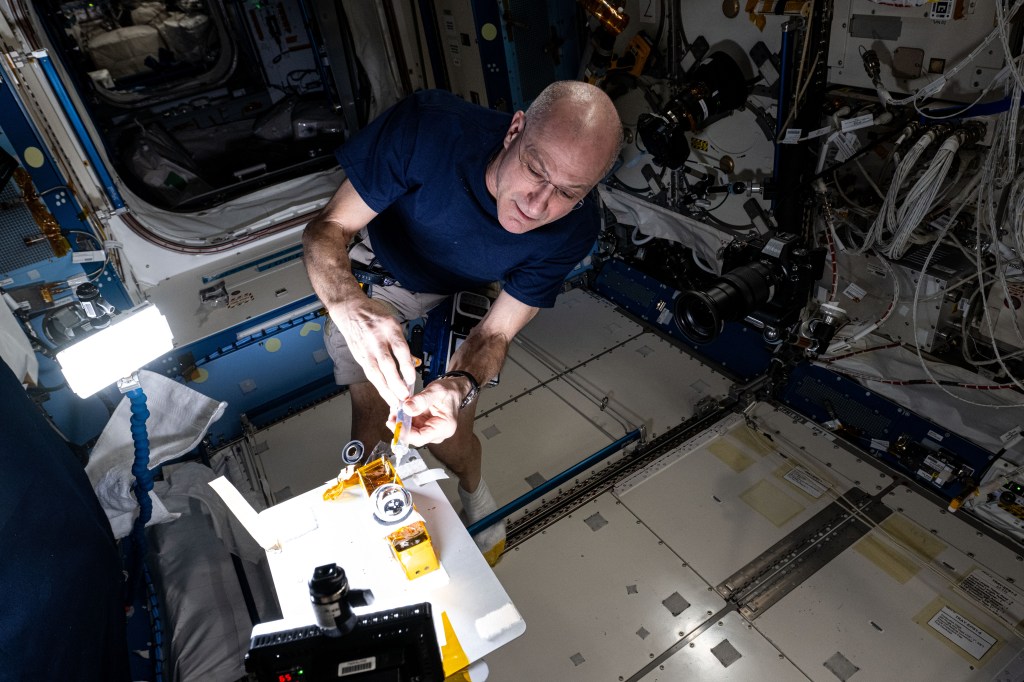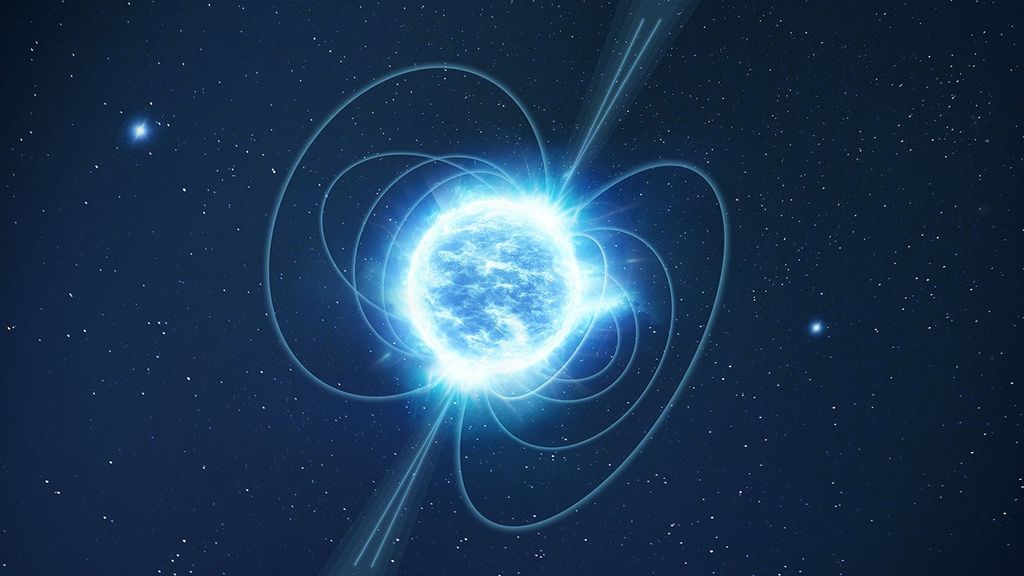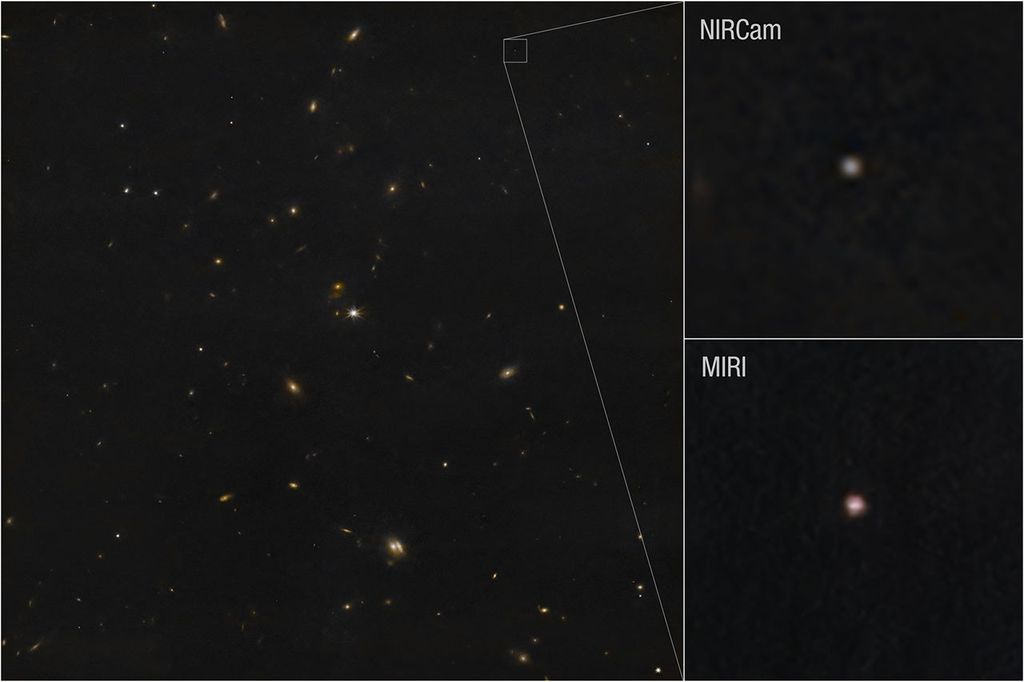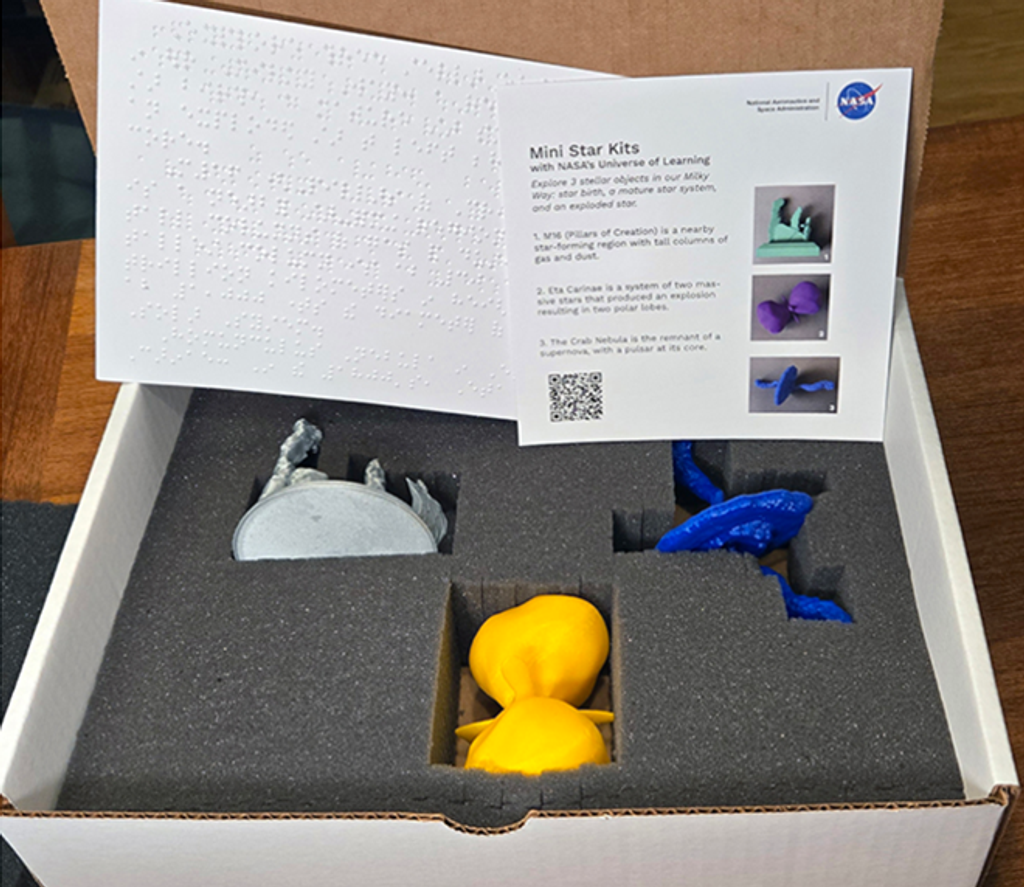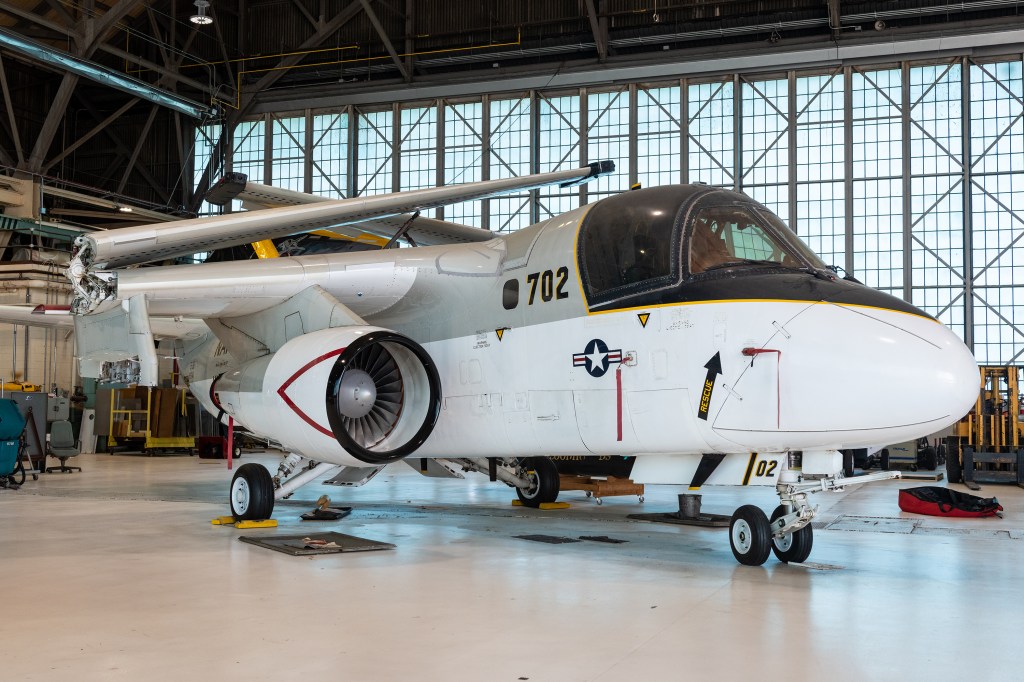At NASA’s Kennedy Space Center in Florida, the responsibility of providing fuels to launch rockets belongs to a team of NASA mechanical and chemical engineers at the center’s Spaceport Integration directorate.
Launching rockets anywhere in the world relies on a variety of fuels to propel them into space. At NASA’s Kennedy Space Center in Florida, the responsibility of providing these fuels belongs to a team of NASA mechanical and chemical engineers at the center’s Spaceport Integration directorate.
The engineers in the Propellants and Life Support Branch ensure NASA and commercial partners at the Florida spaceport and nearby Cape Canaveral Space Force Station have the commodities they need to fuel their rockets and spacecraft. For NASA’s successful Artemis I mission, this meant procuring several propellants, including 2.75 million gallons of super-cooled liquid oxygen and hydrogen, as well as various hypergolics – propellants that combine to react without needing an external ignition source.
“We obtained the hypergols – hydrazine, mono-methyl hydrazine, and dinitrogen tetroxide from the Defense Logistics Agency – and then delivered them to be loaded into the Orion crew and service modules and the interim cryogenic propulsion stage,” said Jonathan Partridge, Propellants and Life Support Branch chief. “Additionally, we delivered liquid oxygen and liquid hydrogen as well as hydrazine for Artemis processing and launch. The hydrazine was loaded onto the SLS (Space Launch System) rocket’s solid rocket boosters’ auxiliary power units.”
The branch transfers, stores, processes, and delivers cryogenic and high-pressure gases, as well as hypergolics, to NASA and commercial launch providers at Kennedy and the Space Force station. The cryogenic, or super-cooled, liquids are stored in containers called dewars to reduce the amount of commodity that boils off. Dewars are double-walled, or a tank inside a tank, with a vacuum between the two tanks.
“The only mode of heat transfer through a vacuum is radiation, thus the dewars greatly diminish modes of heat transfer to keep the cryogenic liquids as cold as possible,” Partridge said. “Liquid helium tankers also have a shield of liquid nitrogen between the two tanks, which is designed to intercept some of the heat and sacrificially boil-off the liquid nitrogen instead of the liquid helium.”
A helium pipeline originates from the facility where the helium is generated and connects to the processing facilities requiring it, or to one of many launch complexes on Kennedy and the Space Force Station. The team pumps liquid helium, an inert gas used for purging hydrogen systems and pressurizing ground and flight fluid systems, at very high pressure and vaporizes it before sending it into the pipeline for stacking and launch processing operations.
The branch is supporting several upcoming missions, including commercial resupply and crewed missions to the International Space Station, as well as a NASA mission scheduled to launch later this year to explore the metal rich Psyche asteroid. This includes storing and delivering hypergols and equipment procured by commercial entities.
“We’re also getting ready for NASA’s Artemis II mission, preparing to load liquid hydrogen and repairing our systems on mobile launcher 1,” Partridge said. “The pneumatic systems regulate the pressure of helium, nitrogen, and breathing air used to pressurize systems, actuate valves, and purge hazardous areas and cameras.”
During Artemis launches, the team maintains communication with Firing Room 1 in the Launch Control Center from their console in the field, located near the equipment controlling the flow of the helium and nitrogen. There, they monitor pressure levels on the mobile launcher during nitrogen and helium filling to ensure the flows are going well.
As part of their life support mission, the branch’s engineers maintain the breathing air system that astronauts use in the crew quarters while they put on their spacesuits, and they provide the portable air ventilators that keep the crew cool during their trip to the launch pad. Additionally, for workers performing hazardous processing, the branch supplies SCAPE (self-contained atmospheric protection ensemble) suits – which are protective clothing, along with ventilators, environment control units, and respirators.
“Our team maintains hundreds of SCAPE suits in all shapes and sizes,” Partridge said. “They meticulously clean, inspect, and repair each suit after use, and then rigorously test it to ensure no gases or liquids permeate the suit.”
The branch also has equipment to help protect against the release of hazardous vapors after hypergols are transferred into a spacecraft. The special hoses, panels, and scrubbers clear vapors remaining in the transfer hoses so they can be safely disconnected from the spacecraft. The process includes flowing gaseous nitrogen through the hoses to a scrubber, which removes the hazardous vapors from the nitrogen stream.
From receiving, storing, and delivering propellants and fuels, to providing equipment and life support protection for those that work directly with these fuels, the engineers in the Propellants and Life Support Branch of Spaceport Integration make it a priority to meet the needs of launch teams at Kennedy and Cape Canaveral Space Force Station for current and future missions. Their work fuels NASA’s ability to explore the secrets of the universe for the benefit of all.
“We will continue to work with launch providers to make sure they have what they need when they need it at the spaceport,” Partridge said.


